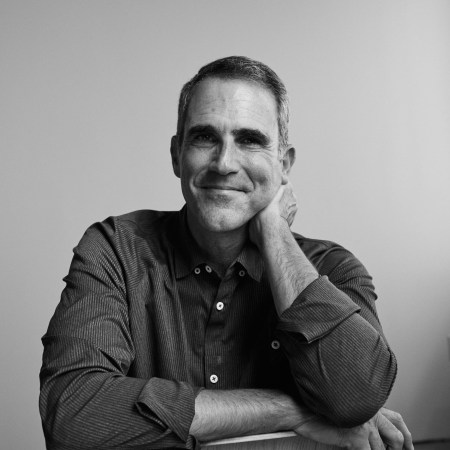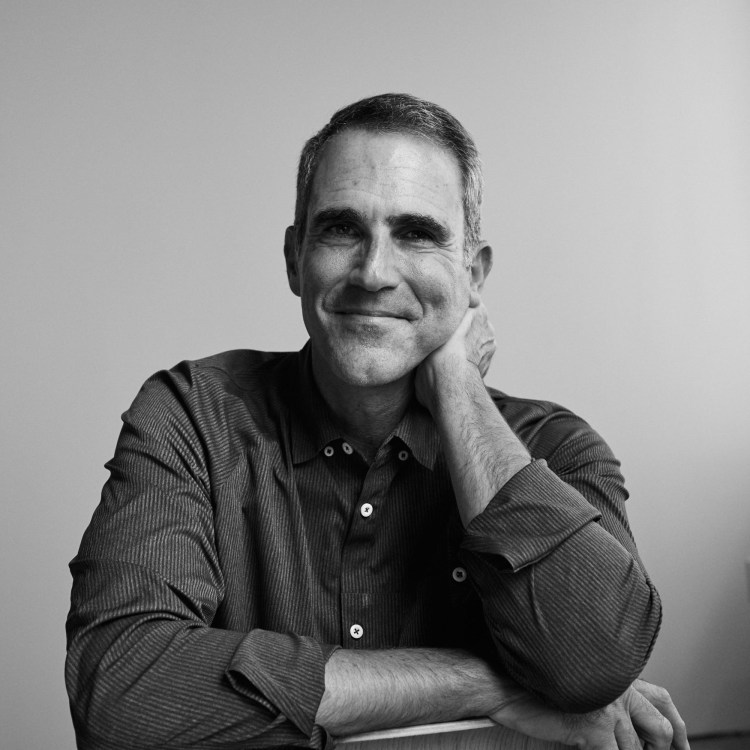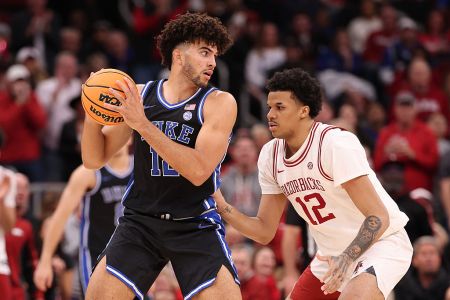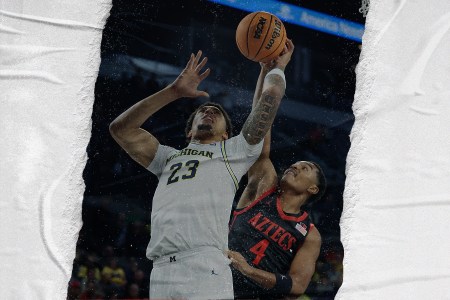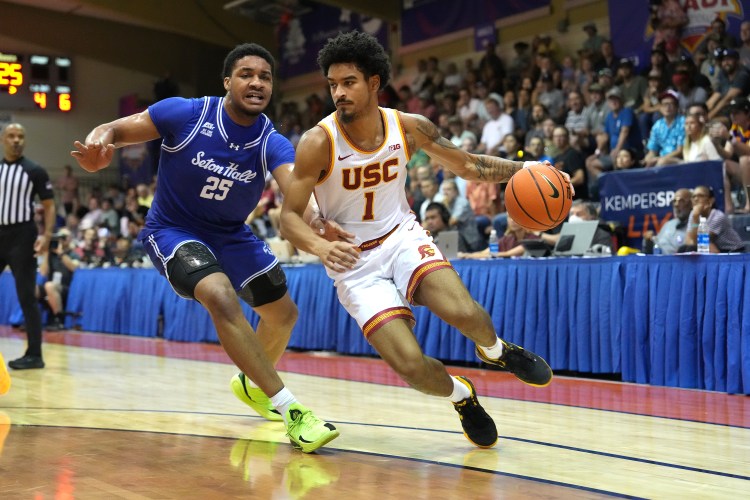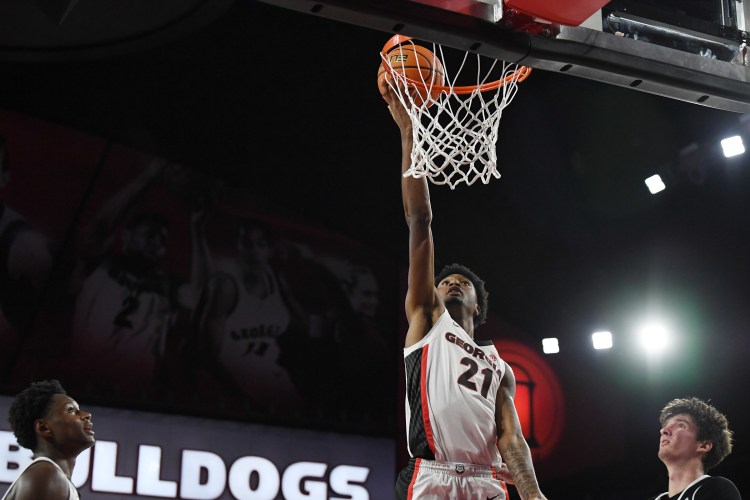For a program like Purdue, which for so long has thrived on culture, retention and player development, the new landscape in college basketball poses challenging questions. Can it compete with the traditional bluebloods and new-wave trend setters when it comes to assembling a payroll? Can it still convince its best players to stay and improve, instead of chasing almighty dollars? Can it keep the talent pipeline flowing in this pay-for-play era?
As it turns out, the answer to these questions is yes, yes and yes. Ever since the Boilermakers’ season ended with a heartbreaking Sweet Sixteen loss to Houston, coach Matt Painter has demonstrated that he has both a lot of money and the wisdom to spend it wisely. While many of his peers were tossing cash around the transfer portal, Painter chose to invest in his current players. That enabled him to retain four starters, including two All-Americans, while bringing in a pair of transfers and two freshmen, including a promising 18-year-old prospect from Israel. The result is a roster that looks well-positioned to pursue Big Ten and NCAA Championships next season, all while preserving Purdue’s old-school brand.
Even the way that money has been raised has been of a piece with Purdue’s modus operandi. The fundraising resulted from mass teamwork, not star power. “We have quality people that give a lot of money,” Painter told Hoops HQ. “We don’t have one person doing it all.”
Painter acknowledged that his veterans wouldn’t have returned if the program hadn’t crossed a plausible financial threshold. Once that was done, they were ready to take a leap of faith. “Every person on my team could go in the portal and make more,” Painter said. “But they didn’t put themselves out there like that. They made that commitment and sacrifice to be on a championship caliber team. It shows you who they are.”
Purdue will once again have two of the best players in the country next season in 6-foot senior point guard Braden Smith, who averaged 15.8 points, 8.7 assists and 4.5 rebounds and was named the Big Ten’s Player of the Year, and 6-foot-9 senior forward Trey Kaufman-Renn, who led the Boilermakers in points (20.1) and rebounds (6.5). The other two returning starters will be 6-foot-4 senior guard Fletcher Loyer, who averaged 13.8 points last season on 44.4 percent three-point shooting, and 6-foot-3 sophomore guard C.J. Cox, who averaged 6.0 points in 18.6 minutes. The fifth starter, forward Caleb Furst, graduated.
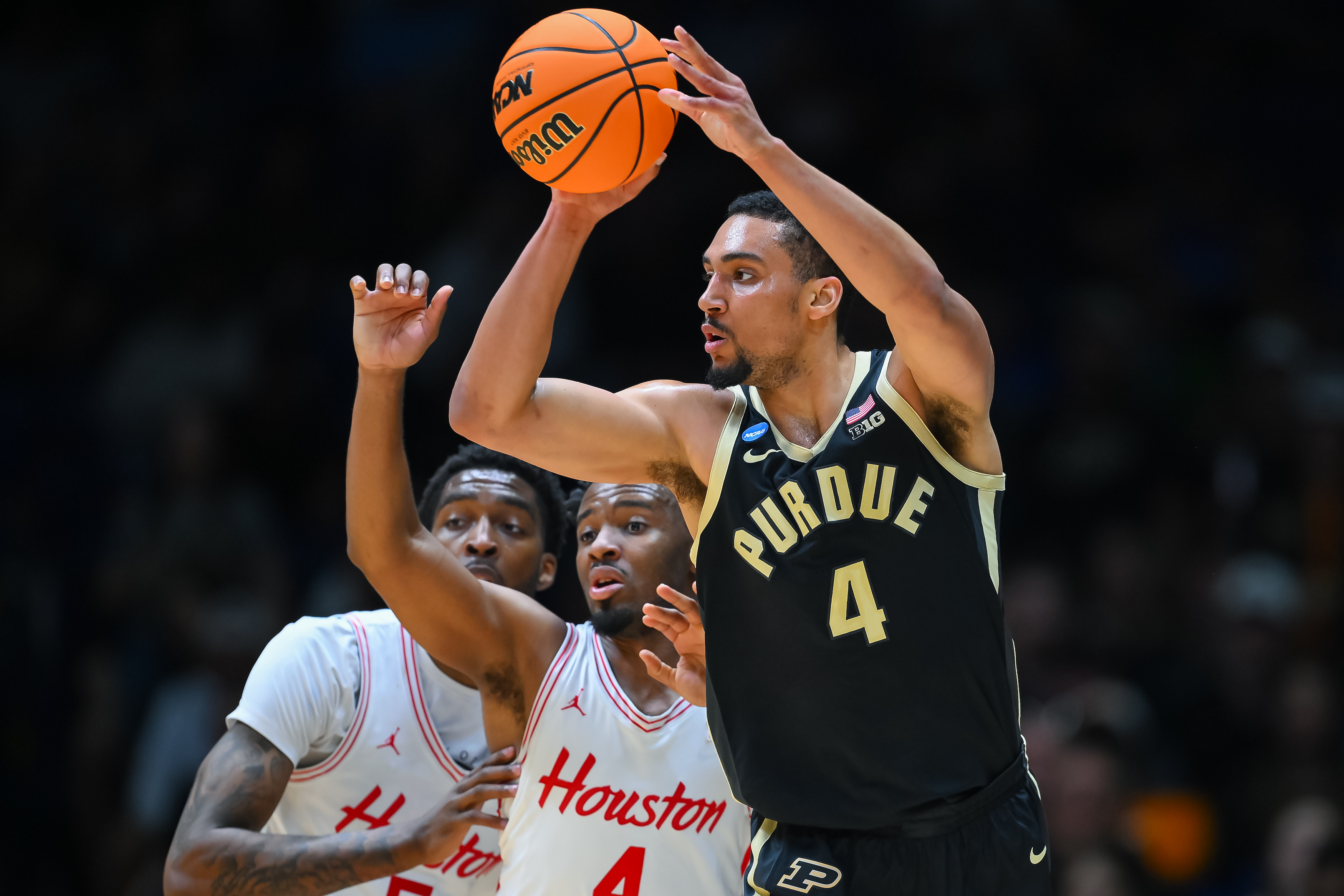
Cox exemplifies the culture of improvement that has driven Painter’s teams to success during his 20 years at the helm. Cox was a three-star recruit out of Massachusetts who had no other high-major offers. Most people pegged him as a development piece who could possibly redshirt, but he ended up started 23 games for a team that finished No. 15 in KenPom’s rankings. “We’ve proven that just because you’re not ranked high, it doesn’t mean you can’t come in and play right away,” Painter said.
All that NIL money gives Painter an asset he hasn’t had in the past — namely, the ability to win recruiting battles with the sport’s most glamorous programs. Yet, for the most part, he has chosen not to wage them. “The thing you can’t get caught up in is just accumulating talent,” Painter said. “You’re trying to get pieces that fit together. You want production, but you can’t have too much of the same. And no matter what you do, someone’s going to be upset.”
Over the last two decades, Painter has honed his knack for finding and developing diamonds in the rough such as Zach Edey, the 7-foot-5 center from Canada who wasn’t even ranked by most recruiting experts coming out of high school and went on to become a two-time National Player of the Year. Painter is willing to bet on such players so long as they show a willingness to compete. If they don’t have that, they won’t last long at Purdue. “I tell our guys, don’t waste your time in the summer. Work on your game,” Painter said. “When we get to competition, be better than the guy in front of you. Put yourself in a position where the coach has to play you. Sometimes guys get away from that.”
That emphasis was evident last summer when Kanon Catchings, a 6-foot-9 four-star prospect from Brownsburg, Ind., arrived on campus over the summer and began peppering Painter with questions about what his role would be. Rather than making promises, Painter encouraged Catchings to look elsewhere. He re-opened his recruitment and ended up at BYU, where he averaged 7.2 points and 2.2 rebounds in 17.4 minutes as a freshman. When the season ended, Catchings entered the transfer portal and committed to Georgia.
Four Purdue reserves transferred out as well, which sent Painter into the portal to find some reinforcements. He signed Oscar Cluff, a 6-foot-11 Aussie who averaged 17.6 points and 8.0 rebounds for South Dakota State. Painter first started considering Cluff when his coach, Eric Henderson, reached out during the season to let Painter know that Cluff was going to transfer and that Painter should consider him. That gesture speaks extremely well of Henderson’s willingness to advance his players’ interests, even at the expense of his own. It also reflects the reputation Painter has rightfully earned for his ability to develop big men.
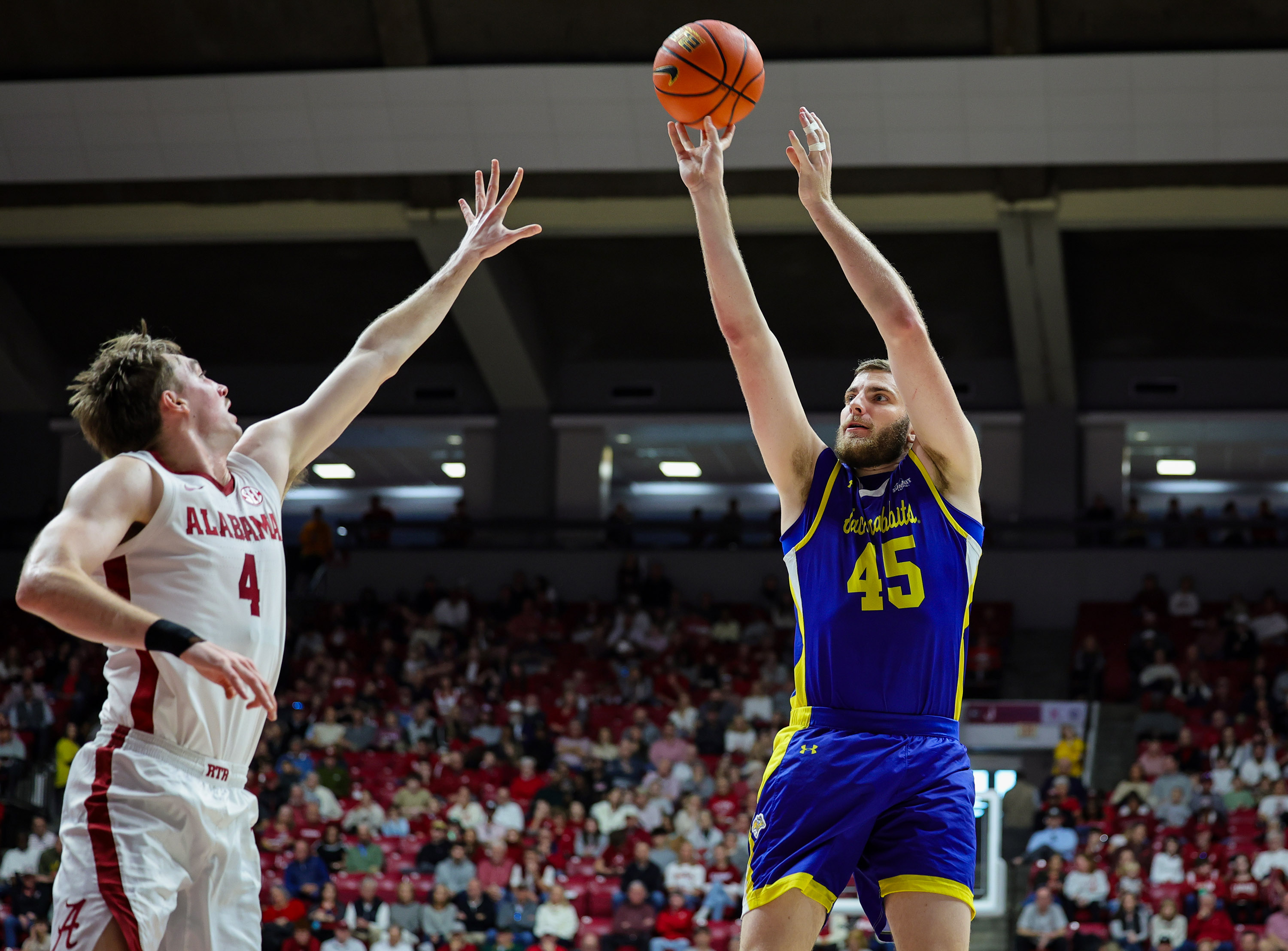
With the departure of 6-foot-7 sophomore forward Cam Heide, who transferred to Texas, Painter was in need of another stretch four. So he signed Liam Murphy, a 6-foot-7 junior forward who shot 42.3 percent from three last season at North Florida and ranked 18th nationally in made threes with 104.
Purdue should also benefit from a return to health by Daniel Jacobsen, the 7-foot-4 freshman center from Chicago who took a medical redshirt after fracturing his tibia in the season’s second game. The Boilermakers especially missed Jacobsen’s defense around the rim; they ranked 332nd nationally in two-point percentage defense and 358th in block percentage, per KenPom. Jacobsen has not been cleared yet for full contact, but Painter said he is making progress. “He’s doing really well,” Painter said. “He can finish lobs, he can block shots. He’s going to be a really, really good player at Purdue.”
The late addition of Omer Mayer, a 6-foot-4 guard from Maccabi Tel Aviv, was an interesting late twist. Painter has not had many international prospects over the years, mostly because there are so many good players in Indiana and its neighboring states. In the past, recruiting overseas required a lot of networking and shoe leather, but thanks to NIL, those players are making themselves known in hopes of getting a big payday. On April 16, Mayer chose Purdue over Auburn and Duke, among others.
Painter doesn’t think he will put a big emphasis on international recruiting as so many other coaches have done, but he’s willing to consider it now more than ever. “It’s just a balance,” he said. “You have to be able to recruit your area, recruit nationally, and then recruit internationally. So you’ve got to do your homework.”
All of this will put Purdue in its familiar role of being a championship contender in the Big Ten and nationally when the 2025-26 season tips off. That, however, is more than six months away. Purdue has much work to do in the meantime, and a bunch of players who are eager to do it. “Our returning guys are excited about what the new guys are going to bring,” Painter said. “It’s going to be a really competitive summer.”
